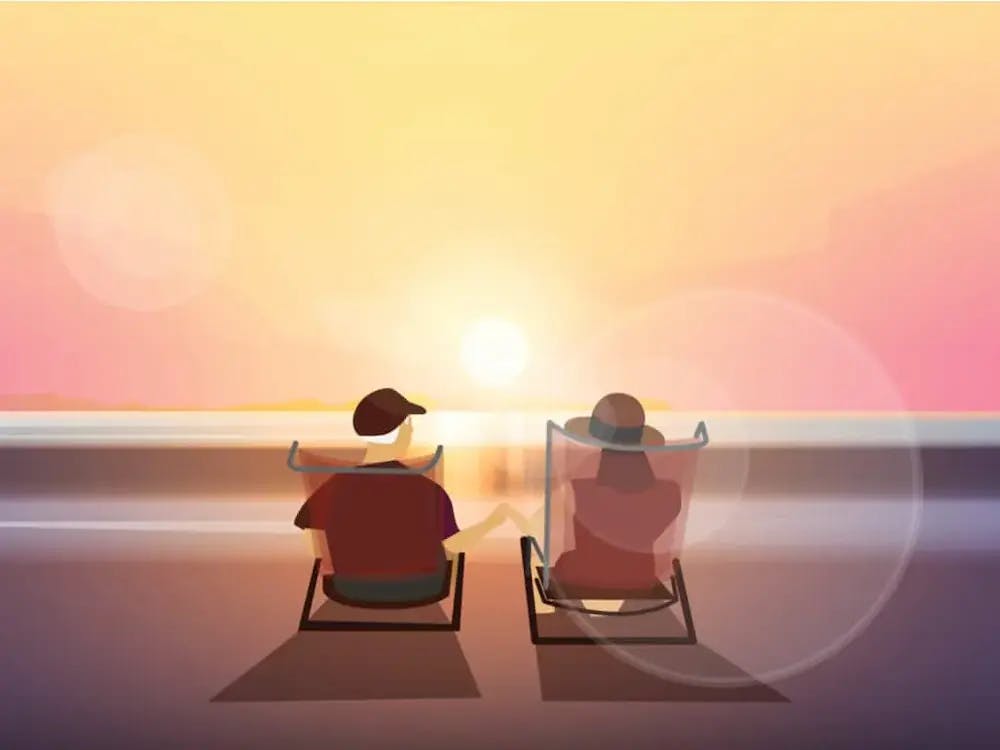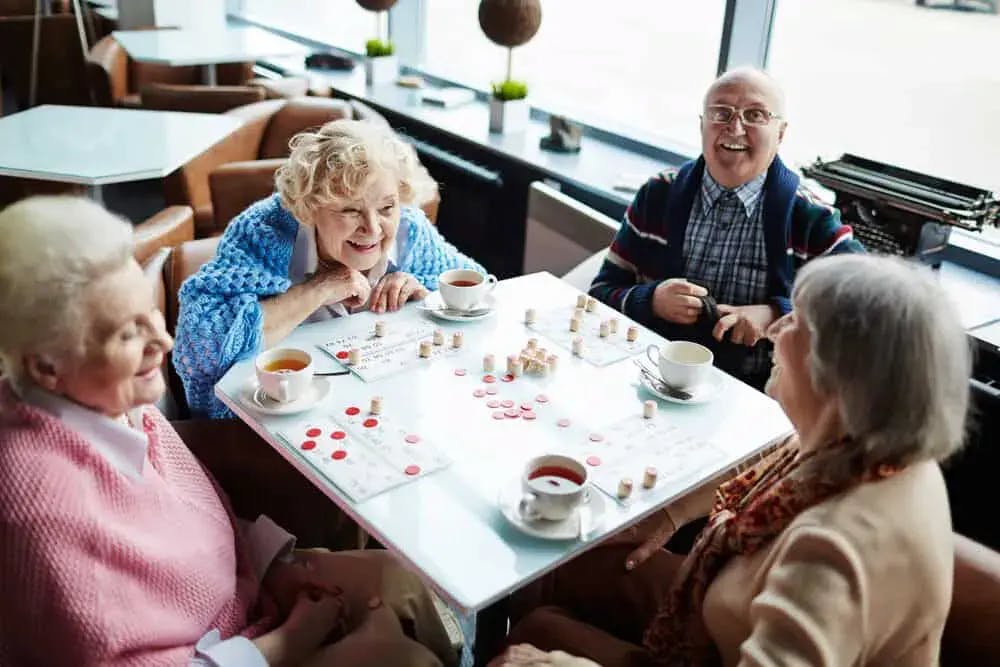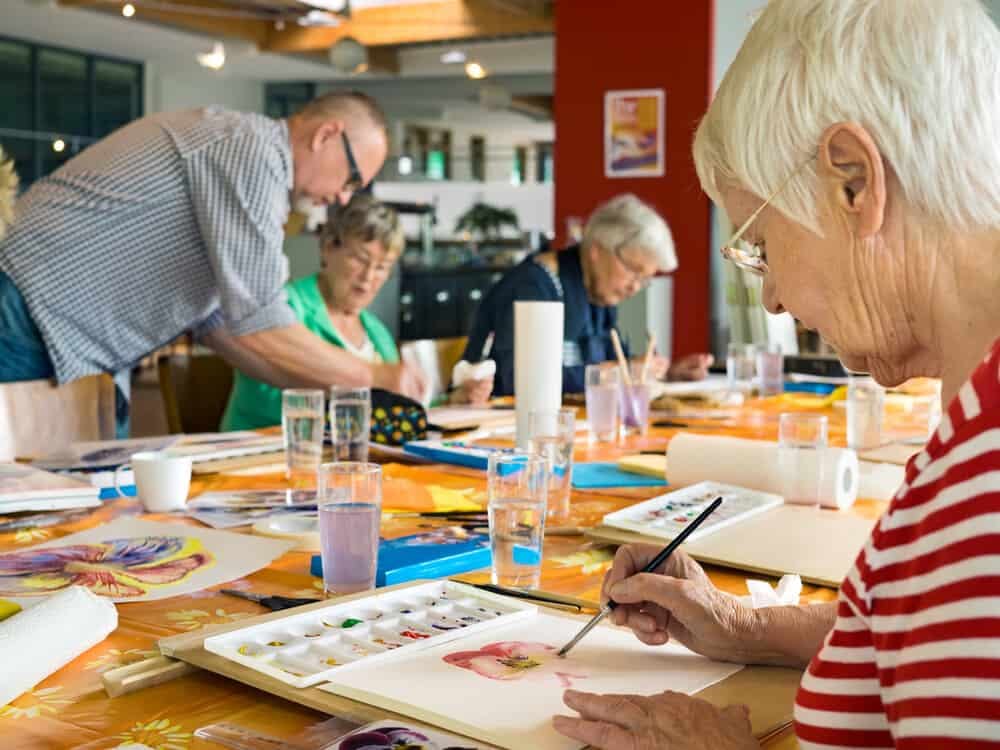Potential Care Home Hazards and How to Avoid Them
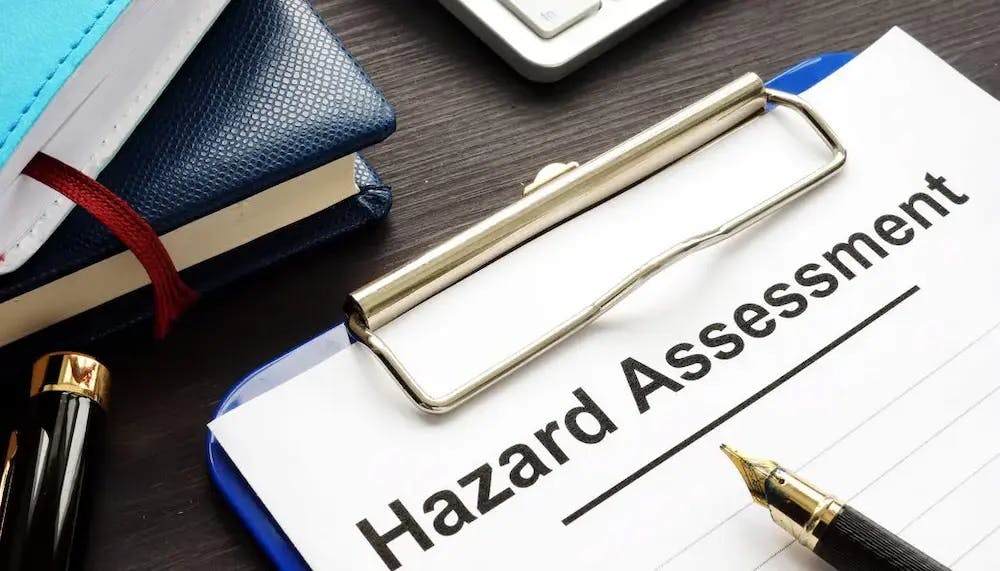
Estimated Reading Time: 8 minutes
When your loved one moves into a care home, you will of course want to make sure that their safety and health are the home’s top priority.
Like any buildings, care homes and nursing homes have health and safety regulations that must be adhered to in order to protect residents from harm.
In fact, a care home’s safety policies are often one of the deciding factors in choosing the best care home.
So, what are the potential hazards in a care home? Read on to learn more.
Kickstart your care search
Discover the best care homes in your area through Lottie.
The Importance of Care Home Safety
When someone is no longer able to care for themselves properly, a care home is sometimes the best option for them and is much safer for that person than living alone.
However, elderly people in care homes tend to be more vulnerable, have underlying health conditions and be frailer than other people. This can mean they are at serious risk from safety hazards.
Care homes, therefore, have a responsibility to make sure that the care home is a safe and hazard-free place to live.
Care homes with good safety policies in place have fewer injuries and incidents and will be awarded higher scores by the Care Quality Commission (CQC). Keep reading to discover some of the most common hazards to watch out for in a care home.
Infections & Diseases
In buildings like care homes where lots of people are living close together, unfortunately the likelihood of infections spreading is higher. As those living in care homes are often more vulnerable and susceptible to disease, this makes it particularly dangerous.
All staff, residents and visitors in a care home should regularly wash their hands thoroughly with soap, especially after visiting the bathroom, coughing or sneezing. Bathrooms and communal areas in the home should be kept clean and bins emptied regularly and cleaned to prevent the spread of germs.
The water systems in a care home are often designed specifically to prevent the growth of bacteria, including legionella (Legionnaires disease). Older care homes need to have their water and plumbing systems checked for old or redundant pipe runs, dead-legs and oversized water tanks, all of which can cause disease.
COVID 19
The COVID-19 pandemic seriously affected the care home sector, with care homes having to reduce visiting hours or cancel visits altogether in an attempt to keep their vulnerable residents safe.
Care homes then introduced more serious infection control measures to prevent the coronavirus from entering and spreading in a care home, including:
- Regularly cleaning and sanitising communal areas
- Frequent handwashing for staff and all residents, as well as using hand sanitiser
- Checking residents daily for symptoms of COVID-19
- Isolating residents who test positive for COVID-19 in their own room, or in a shared room with others who have also tested positive
- Increasing the distance between people in group activities
- Encouraging residents to use the garden and outdoor areas more
- Staggering mealtimes to keep diners further apart
Fire
All buildings need fire safety practices in place, not just care homes. Kitchen equipment and cigarettes cause the most fires in residential care homes, so to avoid this from happening, all equipment in a care home should be regularly checked and monitored and smoking policies put in place to ensure cigarettes are never left unattended.
Care homes are required to install fire doors, fire extinguishers and other firefighting equipment in the event that a fire does break out. Residents and staff must be notified of fire escape routes and the nominated fire warden for the home and staff should be given fire safety training.
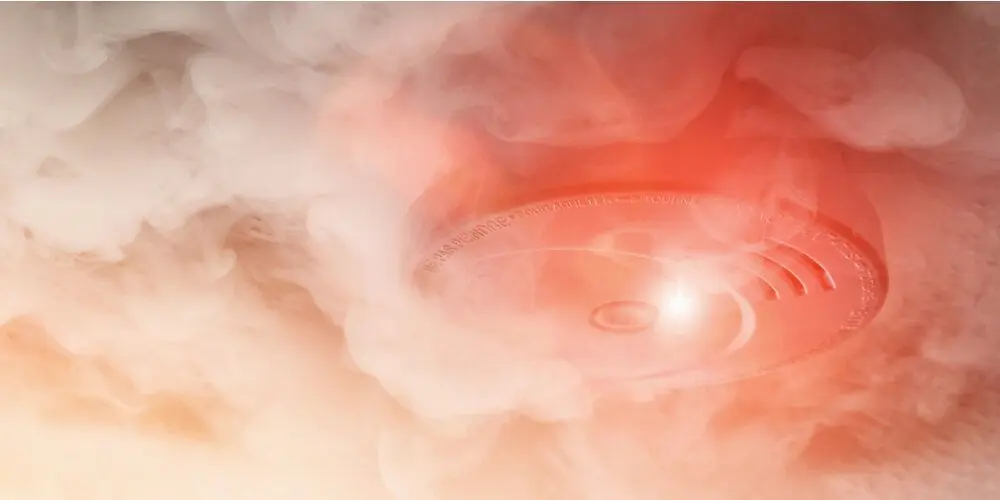
Poor Security
Care homes need to be kept safe day and night to protect staff and residents from danger. All care homes should have a surveillance system in place to monitor all areas of the building, inside and outside, and footage should be monitored.
Visitors will be required to present photo ID and sign in and out using a guest book, so that staff know exactly who is in the building at any one time.
Not only do security systems help keep people out, but they are also useful for keeping track of residents with dementia, preventing from wandering off the premises unsupervised.
Slips, Trips & Falls
Elderly people often have reduced mobility and motor skills, making them more vulnerable to slipping or falling over.
If a spill or occurs in a care home, staff should immediately put a wet floor sign on the affected area of floor to warn residents, staff and visitors to be careful when walking there - and clear up the spill as soon as possible.
Bodily fluid spills should be treated using a special medical spills kit.
Walkways and doorways must be kept free of obstacles and trip hazards that could cause a trip or a fall and any power cables or extension leads should be kept neat and tidy out of the way.
Medication
In a care home, it’s likely that most or all residents will need medication of some kind, with some residents needing to take or be given more than others.
Medication errors include adverse reactions or even overdosing, so it’s really important that medication is properly tracked and monitored to reduce the risk of a fatal mistake.
Care home staff need to keep a record of who takes what medication and when; whether this is prescription or over-the-counter. Daily doses might be sealed in packages and cross-referenced before being given to residents to ensure that residents are given the right medication at the right time.
Dosette boxes make it easier for residents to take the right medication at the right times.
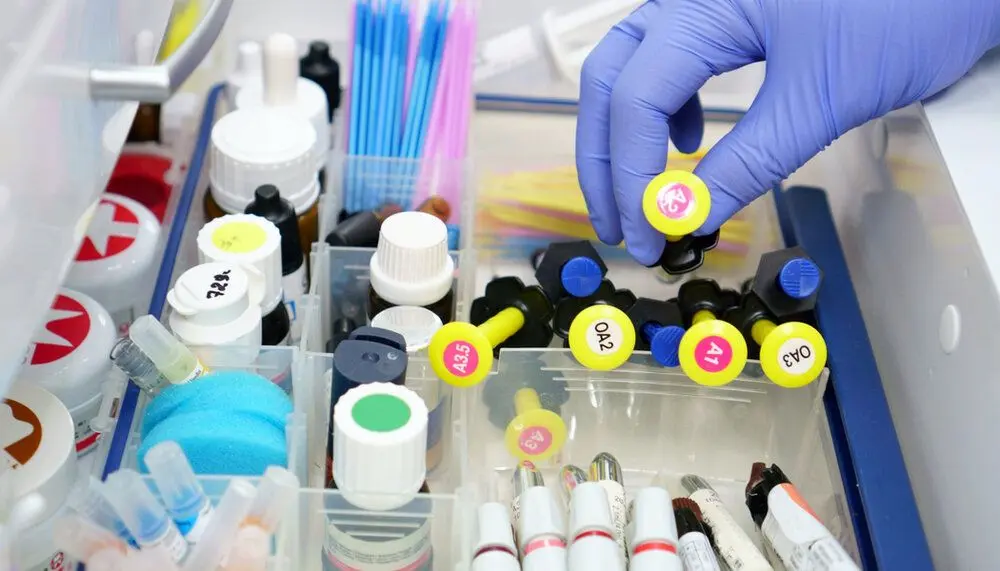
Obstacles
Care homes must be kept free of obstacles and clutter so that residents and staff can move freely about the home without risk of falling over or injury, especially when there are residents in the home that use walking sticks, zimmer frames or wheelchairs.
Bathrooms and communal areas should also be easy to access, without the need to push heavy doors open, move boxes or items of furniture. If residents and their visitors have handbags or other personal items, ask them to keep these tidily out of the way.
Unsafe Furniture
A broken chair or an unsafe bookshelf can pose a risk to anyone, but for elderly people, who have reduced reflexes and mobility, unsafe furniture can be really dangerous.
Staff need to check furniture such as chairs, beds and tables for wear and tear, wobbly screws, splinters or damage and replace broken furniture as a matter of priority.
Electrical Dangers
Electrical dangers can kill or cause severe injuries such as electric burns, shock, or electrocution, so care homes need to regularly all check electrical equipment, plug sockets and wiring within the home to ensure it is safe and fault-free. It’s worth noting that faulty electrical equipment or bad wiring are also common causes of fires.
Chemical Dangers
COSHH stands for ‘Control of Substances Hazardous to Health’, and is a set of regulations that protect workers from illness and injury when working with certain materials or hazardous substances. COSHH is vital in care homes as it encourages the safe storage and use of substances that are potentially hazardous to health in the home.
Some examples of chemical substances found in a care home include cleaning products, disinfectants, drain cleaning products, oven cleaning products and water treatment chemicals. If a care home fails to follow COSHH guidelines, they risk harm to staff, residents or visitors, as well as prosecution and fines.
Insufficient Lighting
Good lighting is extremely important in a care home, where many of the residents might have impaired vision - and staff and visitors also need to be able to see what they are doing. Insufficient lighting can result in injury, including falls. However, bear in mind that lighting that is too bright can also pose a risk, so lighting needs to be kept at a safe level for everyone.
Risk Assessment
In health and social care, risk assessments are part and parcel of checking how safe a building is. In England, care homes are regulated by the Care Quality Commission, who conduct regular audits to check that safety and quality standards are met.
The CQC typically checks for things like legionella, kitchen hazards, electrical safety hazards, general safety risks and more to make sure that a home is safe for staff, residents and visitors alike.
After each risk assessment, results should be carefully recorded in a log book for future reference, with any potential hazards clearly highlighted and an action plan made to resolve issues.
A thorough risk assessment is essential in care homes where there are numerous elderly or vulnerable people yuo are at greater risk from hazards.
Lottie matches care seekers with the best care homes for their needs. You can request a free care home shortlist from our care experts, who will share homes matching your budget, location and type of care needed. You can also search for a care home through our easy-to-use directory.

